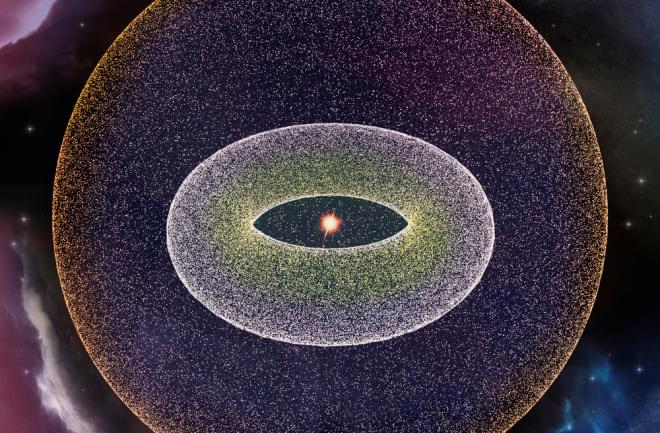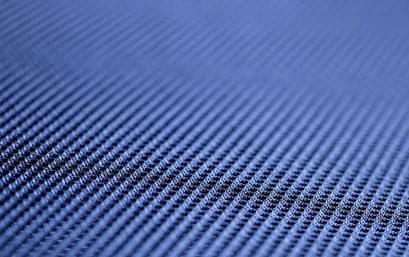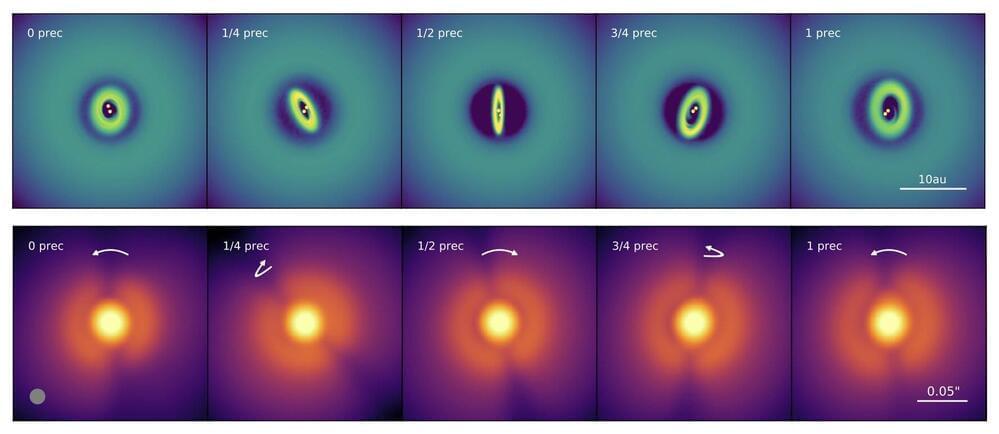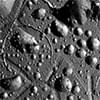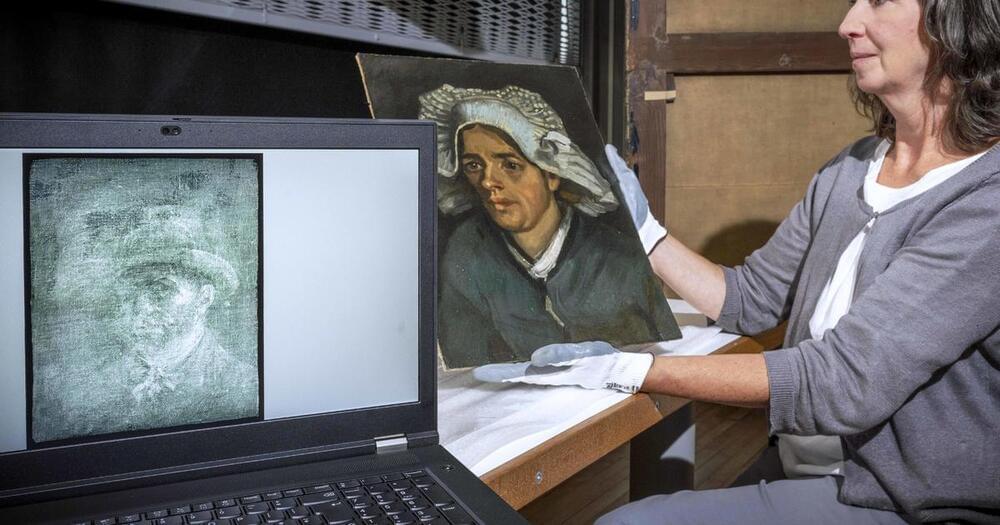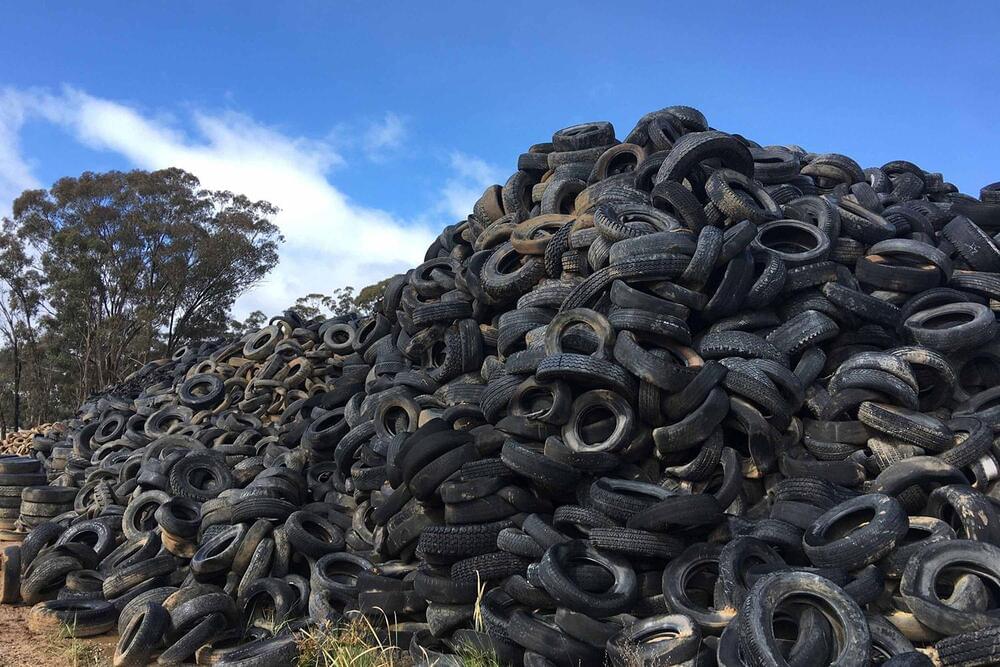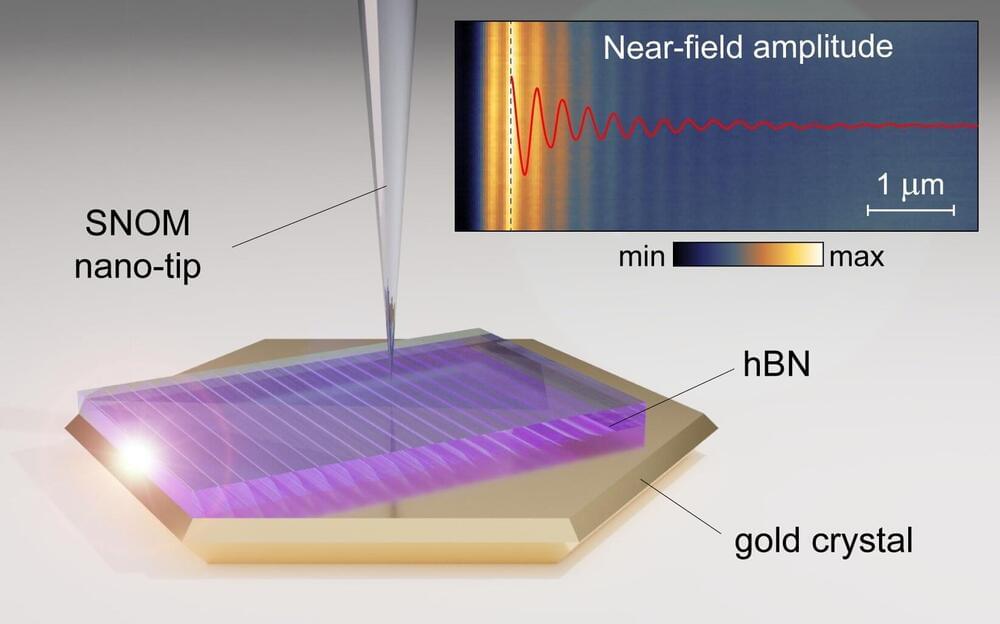Jul 17, 2022
The sustainable cities made from mud
Posted by Quinn Sena in categories: materials, sustainability
Earthen architecture can withstand extreme events such as earthquakes and heavy winds “because of the ability of its structure to distribute the load that it faces on its surface, unlike concrete or cement,” says Damluji.
But mud building’s resilience to earthquakes depends on the intensity of the seismic waves and the soil in which they are built, says Jerome.
Mud buildings are “also protected from seasonal rains and flash floods due to the damp-proof and protective external rendering used in several layers of refined mud, ash and lime coating and plaster”, says Damluji.


